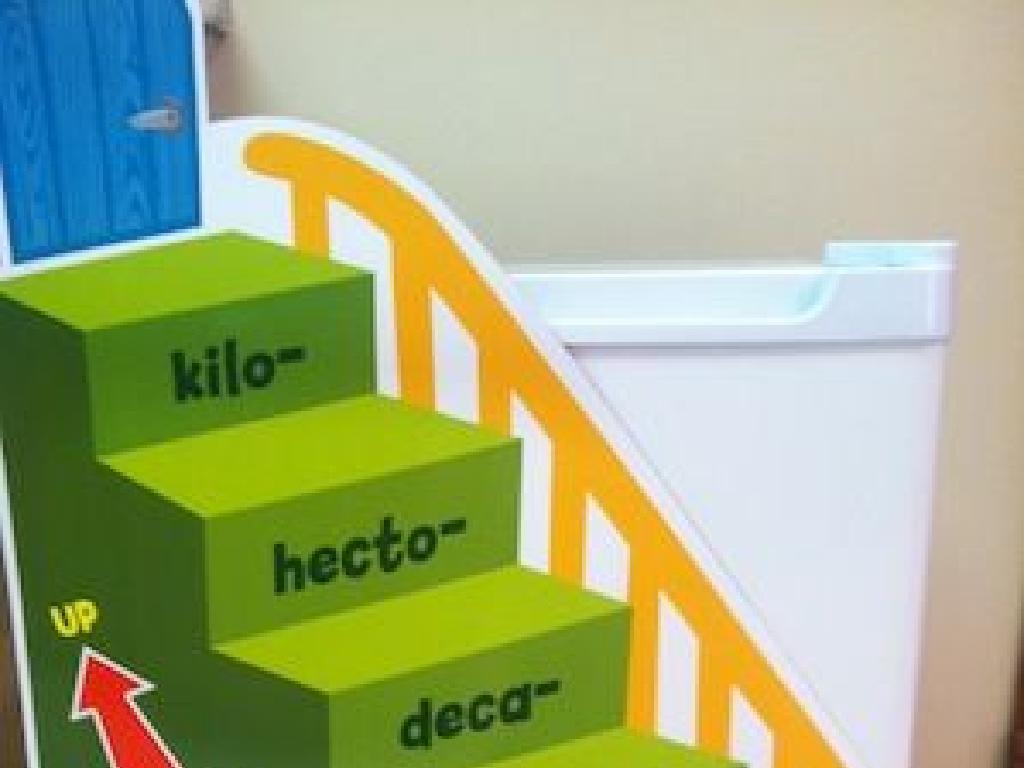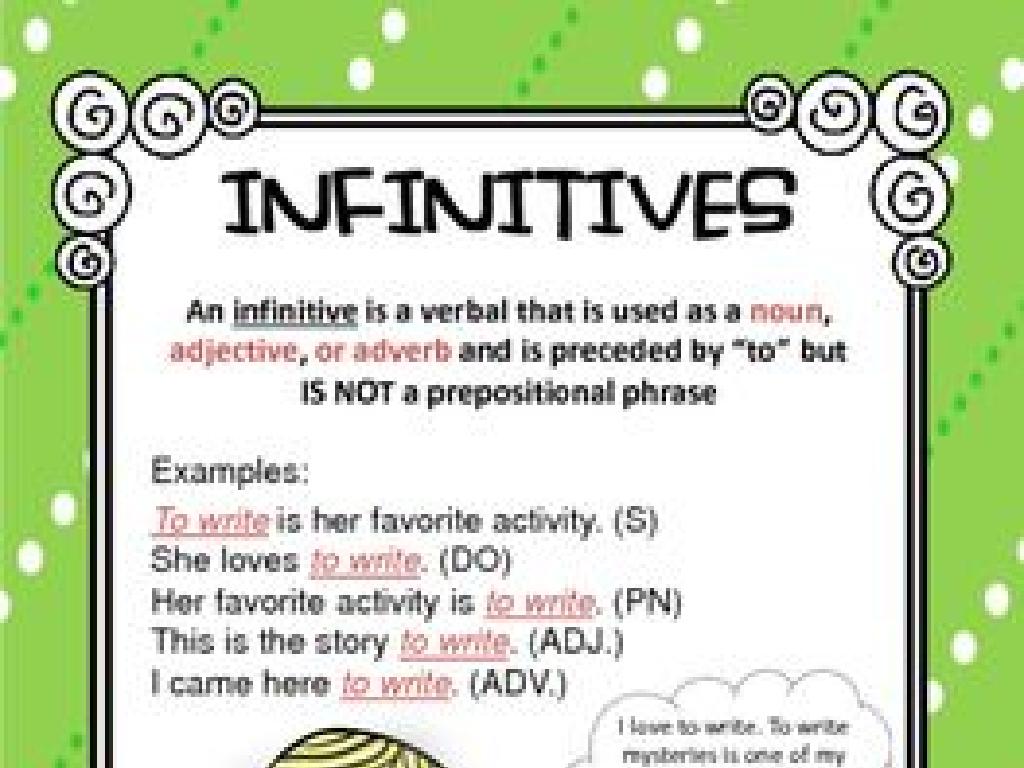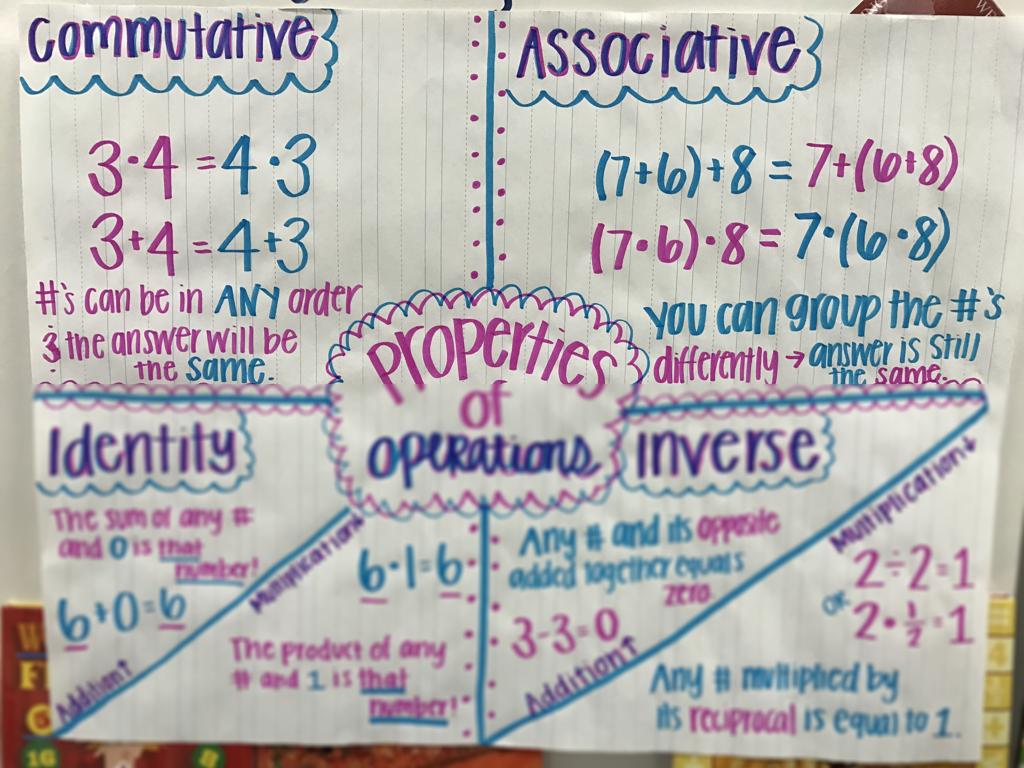Choose The Number That You Hear - Up To 7
Subject: Math
Grade: Pre-k
Topic: Numbers And Counting To 7
Please LOG IN to download the presentation. Access is available to registered users only.
View More Content
Welcome to Numbers!
– Greet our little mathematicians
– Today’s focus: Numbers up to 7
– Playing with numbers is fun
– We’ll listen to numbers and show them with our fingers
– Show fingers for numbers 1 to 7
– Can you hold up the correct number of fingers when I say a number?
|
This slide is designed to introduce Pre-K students to the concept of counting and recognizing numbers up to 7. Start the class with a warm greeting to make the children feel excited about learning math. Explain that the day’s lesson will be about numbers up to 7, and they will be using their fingers to represent these numbers. This tactile approach helps young learners to visualize and understand the concept of quantity. Engage the students by asking them to show their fingers for each number as you say it aloud, reinforcing their counting skills. Make sure to praise their efforts and encourage them to participate actively.
What Are Numbers?
– Numbers help us count
– Each number matches items
– For example, 3 apples or 5 ducks
– Counting objects 1 to 7
– We’ll count toys, fruits, and more!
– Practice listening to numbers
– Hear a number, then choose the right amount
|
This slide introduces the concept of numbers to Pre-K students, emphasizing their role in counting and quantifying objects. Start by explaining that numbers are symbols we use to tell how many things there are. Show physical objects and count them together with the students, ensuring they understand that each number corresponds to a specific quantity. Engage the class by counting various items from 1 to 7, such as blocks or stickers. Incorporate an auditory activity where you say a number out loud, and the students select the correct number of items. This will help them associate the spoken number with the quantity it represents and reinforce their counting skills.
Listening Ears On!: Number Picking Game
– Listen carefully as I say a number
– Choose the number you hear
– If I say ‘four’, find the number 4
– Use your listening ears
– Get ready for a fun game!
|
This slide introduces a listening activity designed for Pre-K students to recognize and understand numbers up to 7. The teacher will say a number out loud, and the students will have to identify and pick the correct number from a set of options. This activity helps to develop listening skills and number recognition. Teachers should speak clearly and at a moderate pace, allowing time for students to process the information. They can use visual aids like flashcards with numbers on them to help students make the connection between the spoken word and the visual representation. The activity can be made more engaging by turning it into a game where students get points for picking the correct number. Encourage participation and praise efforts to build confidence.
Number Match Game
– Listen for a number
– Find objects to match
– If you hear ‘2’, grab 2 teddy bears!
– Show me 4 blocks?
– Practice with more numbers
– We’ll try numbers up to 7!
|
This interactive game is designed to help Pre-K students recognize numbers and associate them with quantities. Start by saying a number out loud and ask the students to find the same number of objects. For example, if you say ‘4’, the students should pick up 4 blocks. Encourage them to count out loud as they pick up each object. This activity can be done with various items such as blocks, crayons, or stickers. Make sure to praise their efforts and correct gently if they make a mistake. Repeat the activity with different numbers, each time challenging the students to find the correct quantity. This will reinforce their counting skills and number recognition up to 7.
Practice Time: Counting Together!
– Let’s count out loud as a group
– Listen carefully to the number
– When you hear ‘four’, hold up four fingers
– Show the number using your fingers
– Can you show me ‘five’ with your hand?
– Practice makes perfect – let’s have fun!
|
This slide is designed to engage Pre-K students in an interactive counting activity. The teacher will lead the students in counting out loud from 1 to 7, ensuring they listen and repeat each number. As each number is called out, students will be encouraged to represent it by showing the corresponding number of fingers. This activity helps to reinforce their understanding of numbers and counting, as well as to develop their listening skills and fine motor coordination. The teacher should circulate the room to assist any students who may be struggling and to provide positive reinforcement. Additional activities may include counting objects, clapping to the number, or using number flashcards.
Let’s Count Together!
– Counting numbers 1 to 7
– Watch and follow along
– I’ll point to numbers on the board, you watch.
– Point to each number
– When I point, you point too!
– Count with me activity
– Let’s all say the numbers out loud together.
|
This slide is designed to engage Pre-K students in a counting activity that helps them recognize and understand numbers up to 7. Start by counting aloud from 1 to 7, pointing to each number on a number line as you go. Encourage the students to watch carefully and then to join in, pointing to each number on their own number line or in the air as they count. This interactive activity helps reinforce number recognition and the concept of counting in sequence. Be sure to praise their efforts and correct gently if they miss a number. The goal is to make counting fun and to build their confidence in their ability to count.
Number Song Fun!
– Sing a numbers song together
– Add actions for each number
– Clap for 1, jump for 2, spin for 3…
– Singing makes remembering fun
– Practice numbers up to 7
– We’ll count and sing from 1 to 7
|
This slide introduces a fun and interactive number song activity for Pre-K students to help them learn and remember numbers up to 7. The activity involves singing a catchy song about numbers while incorporating physical actions for each number, which not only makes the learning process enjoyable but also aids in memory retention. Encourage the children to sing along and perform the actions. For example, they can clap once when they hear ‘1’, jump twice for ‘2’, and so on, up to spinning seven times for ‘7’. This multisensory approach helps reinforce number recognition and counting skills. Prepare to demonstrate the actions for each number and be ready to guide the students through the song multiple times.
Class Activity: Number Hunt
– Let’s go on a number hunt!
– Match numbers with classroom objects
– If I say ‘4’, find 4 blocks or 4 crayons
– Team up with friends for the hunt
– Help each other in groups to find objects
– Listen and find the right amount
– I’ll say a number, and you find that many items
|
This interactive activity is designed to help Pre-K students recognize and understand numbers up to 7 through a fun and engaging number hunt. The teacher will call out a number, and the students will look around the classroom to find a group of objects that matches the number. This activity encourages teamwork as students can work in small groups, promotes active learning, and helps with number recognition and counting skills. Possible variations of the activity could include finding the number of objects that correspond to the number of letters in a student’s name, the number of steps to a location, or the number of sounds they hear.
Great Job Counting to 7!
– Amazing job counting to 7
– Let’s give ourselves a big clap
– Numbers help us count things
– Like how many apples are in a basket
– Remember, numbers are our friends
|
This slide is a positive reinforcement for the students who have successfully learned to count to 7. It’s important to celebrate their achievement to build their confidence in their counting skills. Encourage the children to clap for themselves, reinforcing the idea that learning is fun and their efforts are appreciated. Use examples like counting apples in a basket to remind them of the practical uses of numbers in everyday life. This will help them see the value in what they’ve learned and understand that numbers are not just abstract concepts but tools they can use.






